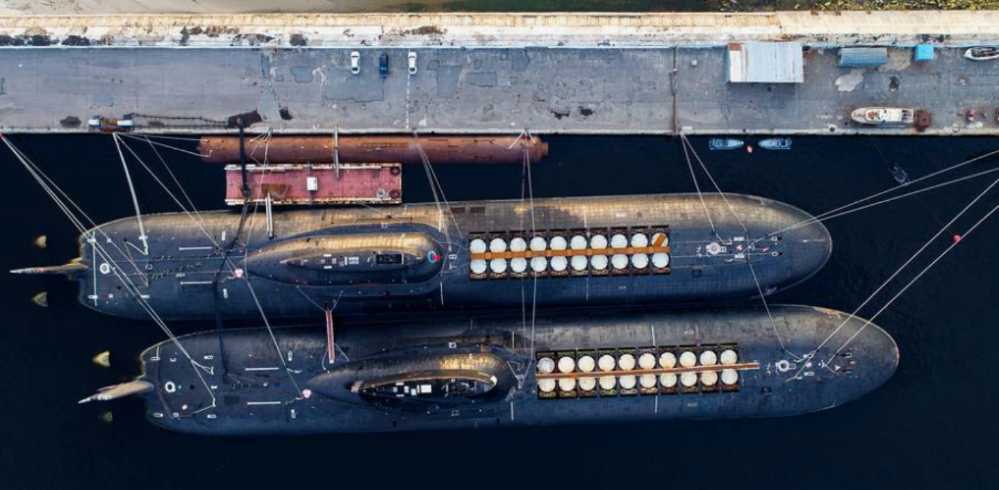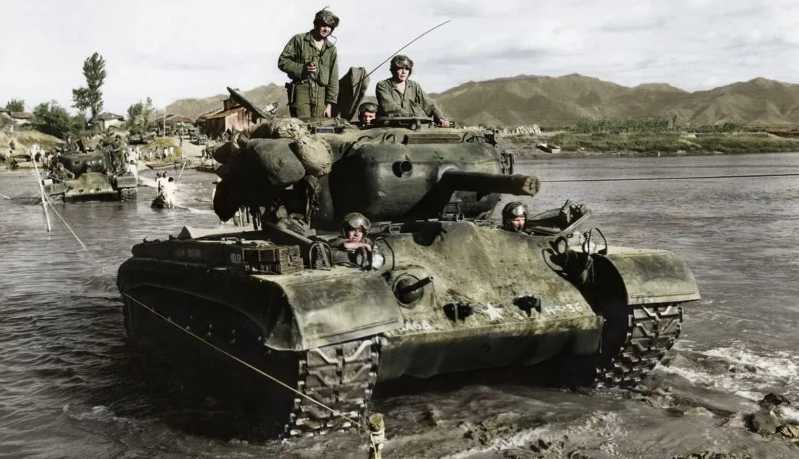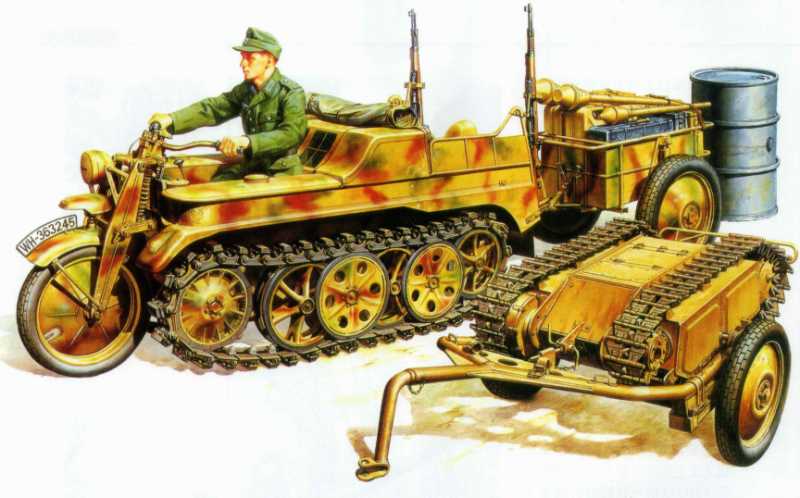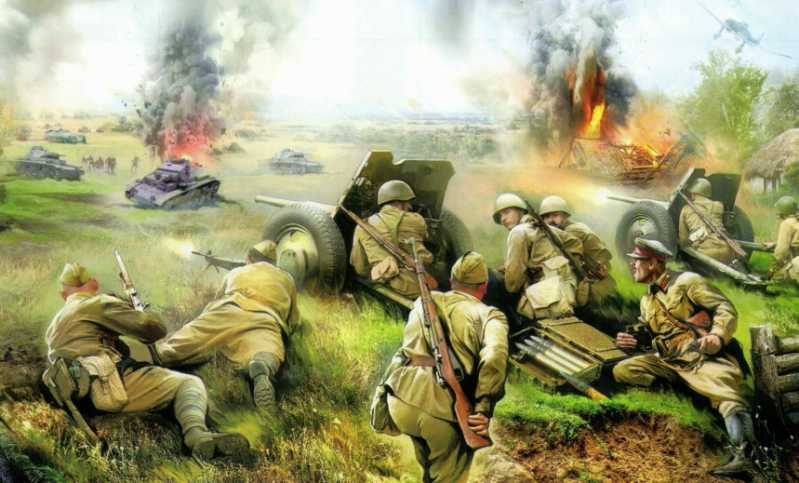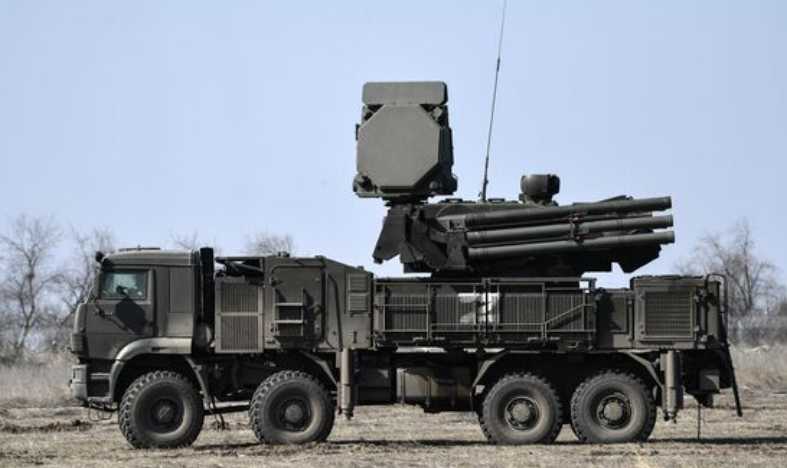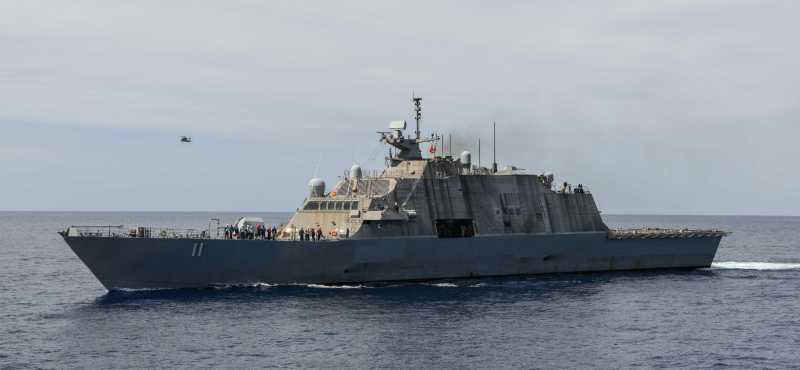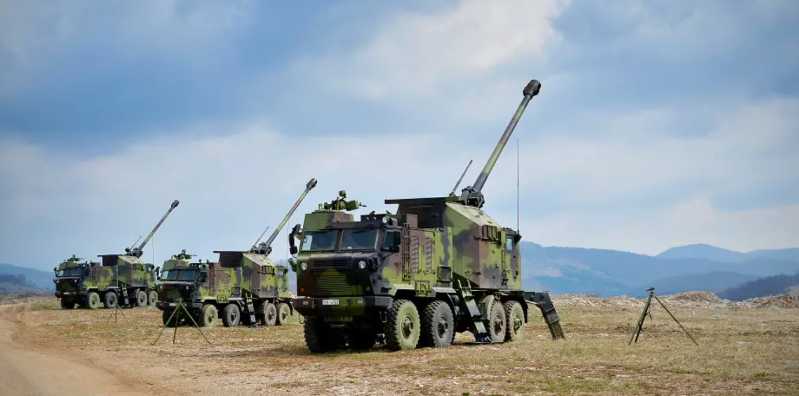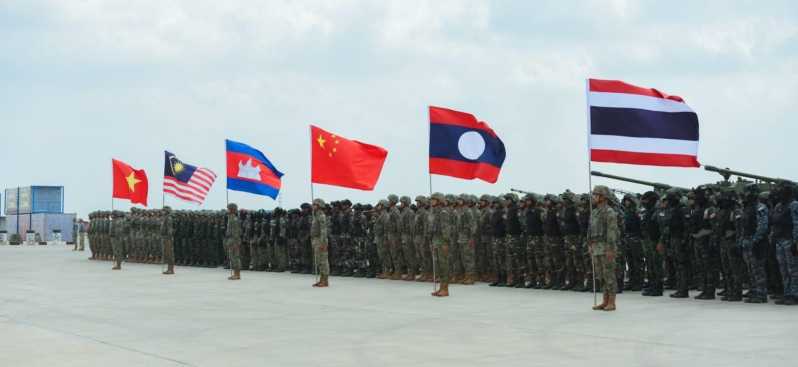Cautious and complex decision-making process
The Type 941 nuclear submarine is an important strategic weapon, which has long been highly expected by the Soviet top leadership and the military. Its approval and decision-making process must be extremely cautious. This huge and rigorous process is the core driving force for the advancement of the entire project. It is the high concentration of resources at almost any cost that has created this unprecedentedly powerful underwater strategic platform.
Strategic decision-making stage
The main strategic decision-making process for important Soviet Navy ship projects is to obtain approval from the Navy Command, and then obtain approval from the General Staff, the Ministry of National Defense, the Central Committee of the Soviet Communist Party and the Council of Ministers. The main document submitted and approved is the "Operational and Tactical Task Book", which is generally formulated by a special committee established by the Navy; after that, the General Staff will review the mission requirements and basic technical and tactical conditions of the ship; the Ministry of National Defense will review the relationship between the ship project and other military services, as well as the adaptability to the "Comprehensive Development Plan of the Armed Forces"; finally, the review by the Central Committee of the Soviet Communist Party and the Council of Ministers, a comprehensive review of the project implementation at the national level.
Since the development of ships (especially large ships) requires extensive collaboration, important departments include the State Planning Commission, the State Material and Technical Supply Commission, the Ministry of National Defense Industry, the Ministry of Shipbuilding Industry, the Aerospace Department (responsible for missile design), etc., all of which will participate in and implement their respective tasks. The strategic nuclear submarine project is related to strategic security and is the most important military equipment of the country. It involves thousands of technical and production units. Therefore, it must be strictly reviewed by the Central Committee of the Soviet Communist Party and the Council of Ministers before the project can be promoted under a unified organization.
Project decision-making stage
After the completion of the first stage, the Navy Command and relevant naval units will work with the Navy Central Shipbuilding Research Institute to form a technical and tactical preparation committee: formulate the "Technical and Tactical Task Book" for ships to improve the main technical and tactical requirements and indicators of the ship project. At the same time, the Navy will submit all weapons, equipment, and facilities development lists required for detailed projects to the Ministry of National Defense and various defense industry ministries for review. After approval, the competent departments will include the various subsystem projects required by the development list in the "Five-Year Plan for Weapon and Equipment Development" and coordinate the time schedule of the ship project and the various subsystems and equipment plans in detail.

Technical decision-making stage
The main work of the technical decision-making stage is to carry out scheme design, and its main work body is the ship design bureau. First, the design bureau formulates multiple conceptual design schemes and submits them to the Navy Command for review and selection, and then reports them to the General Staff and the Ministry of Defense for review. After passing through layers, the design bureau will then formulate preliminary and detailed design plans, and the Navy Defense Industry Department, the Shipbuilding Industry Department, and the Aerospace Department will conduct a joint review. If this stage is reviewed, modified, and finally passed, the design bureau will produce drawings, formulate a full set of technical documents, and send them to the shipyard for material preparation and production. During this period, the Military Industry Committee of the Council of Ministers is responsible for overall supervision of the design process.
The design purpose of the 941 type is to participate in the first strike, highly targeting the key hostile targets of the United States on the other side of the Atlantic and Pacific Oceans; it can also be used as a nuclear counterattack force and become an important bargaining chip with the United States. In 1972, the Soviet Union approved the "Technical and Tactical Task Book" of the ballistic missile nuclear submarine with the design number 941, and the submarine design entered the substantive stage. The 941 type was designed by the "Ruby" Design Bureau (Design Bureau No. 18), the chief designer was C. Kovalev, the chief naval architect was Captain BH Levashov, and it was built at the Northern Machine-Building Association (Shipyard 402) in Severodvinsk. The internal nickname of this type of submarine is "Akula", which means "shark", but the West gave the nickname "Akula" to the 971 type multi-purpose nuclear submarine.
The first 941 type K-208 was launched in 1977 Construction began on March 3, 1981, and it was commissioned on December 12, 1981. It was built and commissioned at the same time as the Ohio-class strategic nuclear submarines of the United States. The last Type 941 was commissioned in September 1989, and a total of 6 were commissioned. The original plan was to build a total of 12 boats by the end of the 20th century, but this type of boat was too expensive, and the chaotic situation at the end of the Soviet Union, which eventually disintegrated and changed dramatically, resulted in the seventh boat being dismantled on the slipway before it was completed, and subsequent boats could no longer be built.
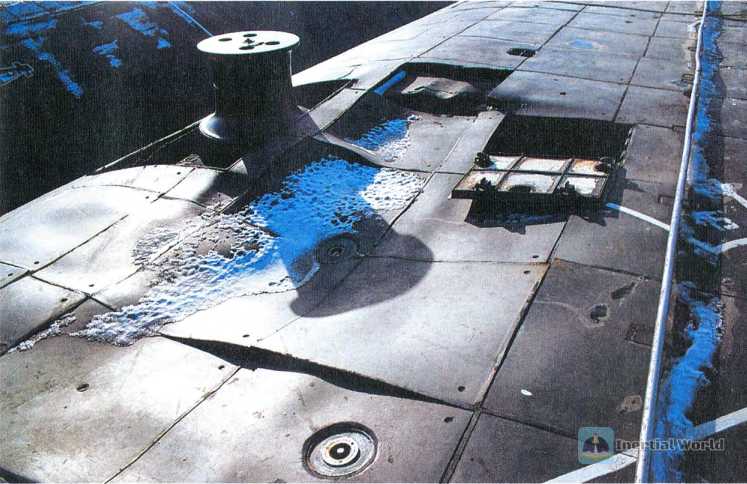
Unprecedented overall structure
Compared with the Ohio-class submarines of the United States, the length of the Type 941 is roughly the same, but the underwater displacement is 2.45 times that of the former, making it a deep-sea monster of nearly 50,000 tons. The reason is that the Type 941 has a width of 23.3 meters, almost twice the Ohio-class width of 12.8 meters. The length-to-width ratio of the Type 941 is 7:1, which is an extremely sturdy type of boat
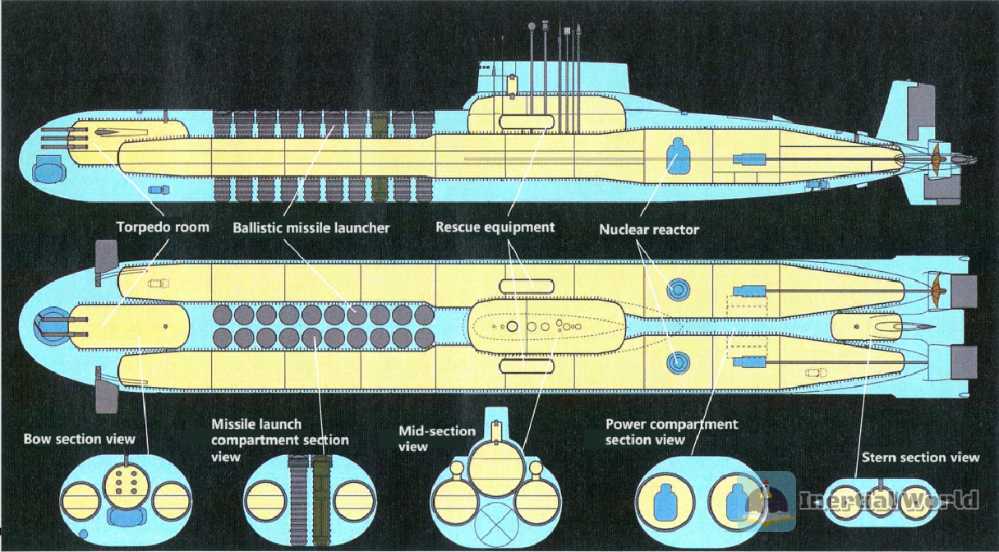
From a structural point of view, the Type 941 is a huge multi-hull, double-hull submarine, and its structural complexity far exceeds any military submarine ever built by humans. The outermost layer is a light non-pressure hull made of high-strength low-magnetic steel, which can easily break through a 2-3 meter thick ice layer. A 150 mm thick anechoic tile is applied to the outside as the outermost anechoic measure. These anechoic tiles can not only weaken the outward transmission of radiated noise inside the boat, but also weaken the detection capability of the enemy’s active sonar, especially the signal of the high-frequency fire control sonar of the self-guided torpedo. The anechoic tiles can also cooperate with the ballast water tanks in the boat to shield key noise sources such as the power main shaft and the engine. According to some information, the anechoic tiles of the Type 941 can reduce the active sonar detection distance of the US Mk46 light torpedo and the Mk48 heavy torpedo to 30%. About.
The Type 941 contains 5 pressure hulls for work, activities and living, all made of titanium alloy. The average distance between the pressure hull and the non-pressure hull is at least 1.2 meters, and some data believe that it is as much as 2~3 meters or more, which is used to fill the ballast tanks and some equipment. Such a thick ballast tank has a buffering effect, which significantly enhances the submarine’s ability to withstand underwater collisions, impacts and explosions. Even if the outer shell is hit by a torpedo, the damage to the inner pressure hull can be reduced. When sailing under the ice, the inner shell is not easily damaged, and even if the outer shell is damaged, it is not necessary to return to the base immediately. All pressure hulls are divided into 19 watertight compartments in total, and the structure appears to be very fragmented.
The arrangement of the 5 pressure hulls is very complicated. The two parallel irregular pressure hulls with a diameter of 7.2~8.5 meters are larger. These two main hulls constitute the main structure throughout the entire submarine, and are similar to the beams of a house in terms of load-bearing. There are three secondary pressure hulls at the front, middle and rear of the hull. The three hulls not only serve as structures and connection channels, but also accommodate the main functional areas and equipment.
The first secondary pressure hull is located in the center of the upper part of the bow, which contains a torpedo compartment, including torpedo tubes, torpedo storage device rapid loading devices, and a total of 22 torpedoes. This is also the main connection channel at the front of the submarine, connecting the two main pressure hulls. A sonar compartment is set in the center of the lower bow, accommodating a huge sonar transducer and servo system.
Behind the torpedo compartment is the missile launcher, which is concentrated in the front of the hull and sandwiched between the two main pressure hulls. The advantage of this arrangement is to avoid penetrating the pressure hull and maximize the strength of the pressure hull; at the same time, a ballast water tank is set around the launcher to ensure the safety of the missile; in addition, it is also far away from the two nuclear reactors at the rear of the boat, which not only enhances safety, but also reduces the vibration generated by the engine when launching missiles, which is conducive to controlling the launch interval. The P-39 missile is 16 meters long, 2.4 meters in diameter, and weighs 90 tons. If it is to penetrate the hull, it needs to be arranged with a more exaggerated turtleback structure than the 667БPДM type, which is not conducive to the safety of the missile and the submarine, and is even more detrimental to the control of the power line and fluid noise. It can be said that if two P-39 missile launchers are to be arranged side by side, then only this strange and complex design can be adopted.
In addition, there is information that during the design process of the 941 type, Ustinov, then the Minister of Defense of the Soviet Union, once supported the plan to equip 24 P-39 missiles, but the commander of the navy, Gorshkov, insisted on the layout of 20 missiles. The final decision to equip 20 missiles is probably the result of a compromise with technical difficulties, otherwise the hull would be designed to be larger.
Behind the missile launcher, there is a 6-meter diameter pressure hull, which is located above the middle of the two main pressure hulls to form the base of the command platform enclosure. In this pressure hull, there are command cabin and radio equipment cabin. Obviously, this part of the cabin is the core of the whole boat and has the most stringent protection. In front is the missile launcher, on both sides are the main pressure hulls, above is the command platform enclosure, and around are ballast water tanks.
The main power equipment of the 941 type consists of two sets of units, one set in each of the two main pressure hulls. Each unit includes a BM-5 nuclear reactor and a turbine unit with a power of 36,760 kilowatts. The turbine unit is a modular structure. Both units have their own independent cabin control room and switchboard, with two independent main shafts driving two seven-blade large propellers. All main engines have adopted a large number of vibration isolation and vibration reduction measures to minimize noise. In addition, two emergency motors are set as backup and two side thrusters are set to prepare for movement within a small radius in complex underwater spaces. The adoption of highly modularized systems and the separation of systems in different pressure hulls can ensure that the submarine can still maintain its maneuverability and combat effectiveness as much as possible under extreme circumstances.
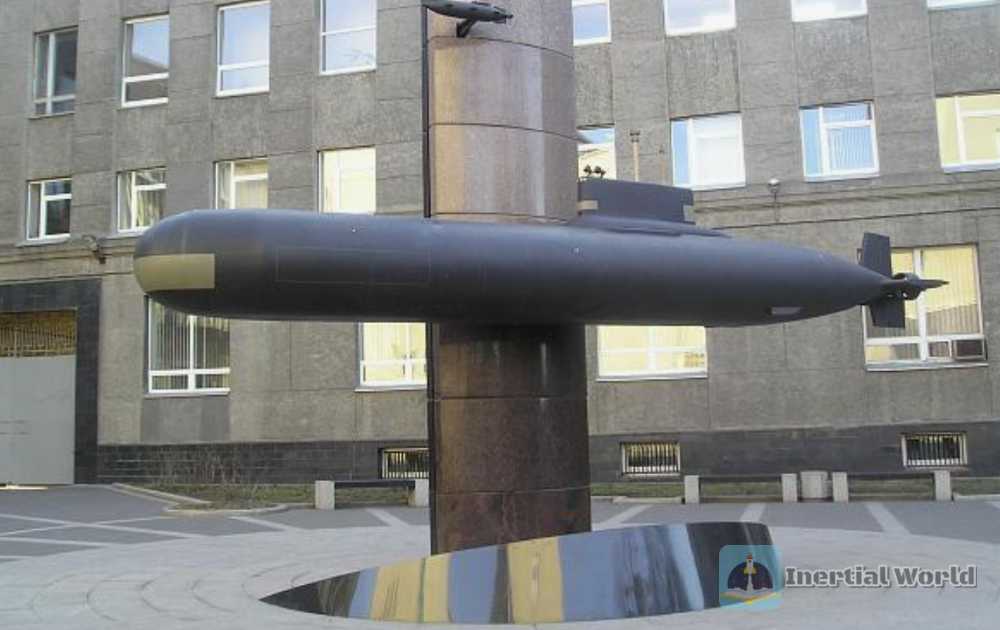
In addition, there is a reinforced cabin in the middle of the main hull to enable passage between hulls; between the pressure hull and the non-pressure hull, a partition cabin is set along both sides. In addition, there is a pedestrian walkway between the hulls.
The Type 941 uses a large number of reinforced anti-collision structures and design measures to enhance the ability to operate in ice sea areas, especially the ability to navigate under ice. Its bow elevator is specially made into a retractable structure; the hull is smooth, and the upper part of the command platform is sharp; all decks are designed with reinforced structures for ice navigation and a configuration that is easy to float in ice; the command platform is equipped with icebreaking reinforcement plates; a huge average spacing and ballast water tanks are set between the pressure hull and the non-pressure hull on the internal structure; to prevent the propeller from being damaged during the floating and icebreaking process, a protective duct structure is wrapped around the two huge propellers; a floating lifeboat is installed on each side of the command platform. The reserve buoyancy of the 941 type is as high as 30%~45%. All anti-impact and collision means can also enhance the defense capability of nuclear submarines against enemy torpedoes.
In order to improve the living conditions of the crew, the 941 type is equipped with a health room, a gym, a spa room and a sauna room. The officer’s cabin has a separate wash basin, a TV, an air conditioner, a solarium and other facilities. Each cabin has fewer beds than other submarines, and even fewer than many surface ships.
The Type 941 is equipped with almost all the ship electrical equipment that the Soviet Union could produce at that time. The sonar system includes low/medium frequency, active/passive search and attack hull sonar (NATO calls it "shark gills"), passive, low-frequency side array sonar (NATO calls it "shark ribs"), high-frequency active attack hull sonar (NATO calls it "rat sound"), towed linear array sonar (passive search type, NATO calls it "shark tail"). The communication system includes 2 sets of very low frequency/extremely low frequency sonar buoy systems, which can receive command orders and target indication information; a satellite communication mast is installed in the command platform hull, and it is also equipped with a very low frequency underwater communication system, etc., with more than 15 communication channels.
In short, the Type 941 was to ensure at all costs the combat capability to cross adverse sea conditions and carry 20 P-39 missiles to launch positions far away from the Soviet mainland.


